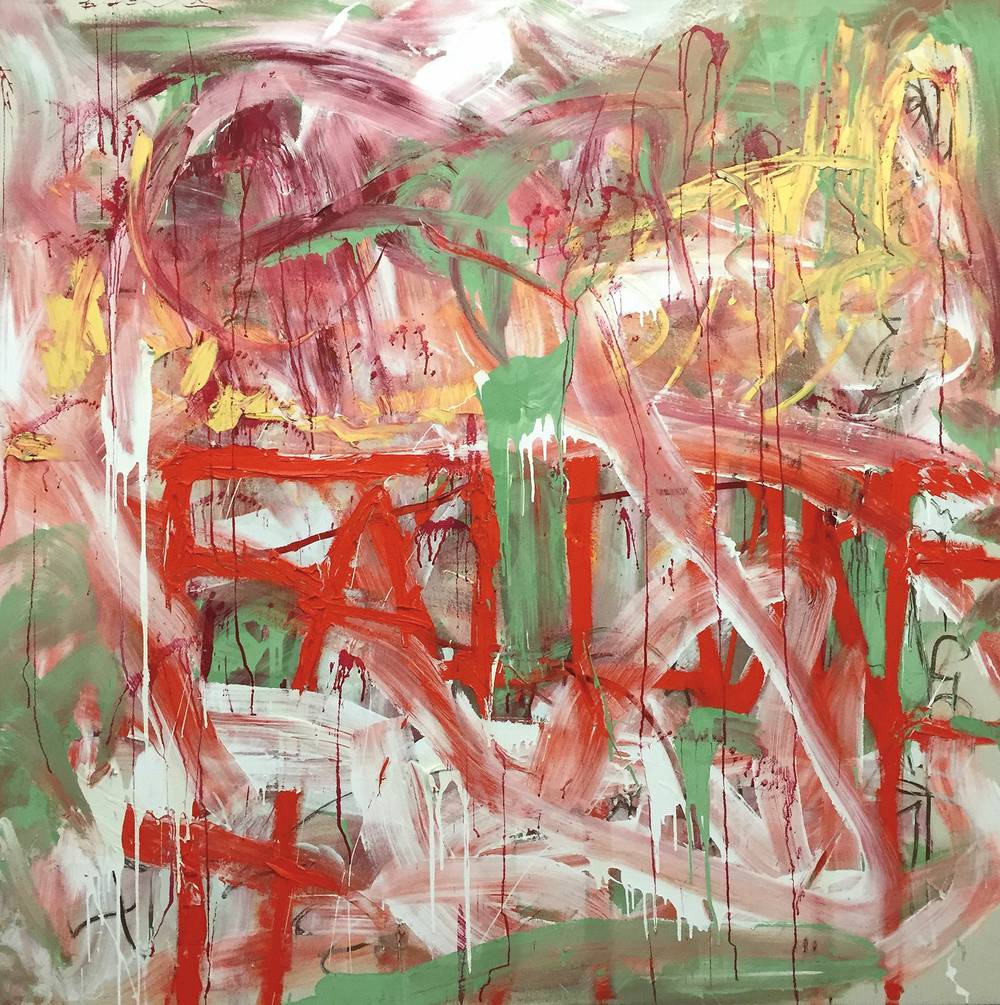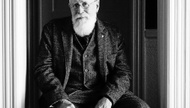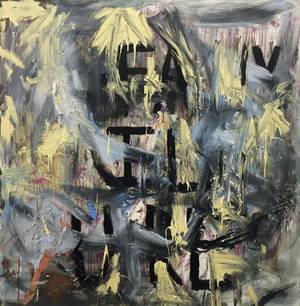
Progressive Failure Through July 25; Wednesday-Friday, noon-6 p.m.; Saturday, 1-4 p.m. Brett Wesley Gallery, brettwesleygallery.com.
It takes guts to be a painter in 2015. Because what can you really do? Over the past 150 years, painting innovated, innovated, innovated and then—stopped. For juice, some artists turned to installations or multimedia or performance. The stubborn group still holding brushes usually opted to borrow a recognizable style from painting history and make it their own, with varying degrees of success. Not every artist can invest 10,000 hours into making familiar techniques look fresh and come out a winner.
Eric Burwell’s Progressive Failure exhibition at Brett Wesley Gallery suggests the situation in painting is dire, particularly among art students (Burwell himself attends Washington University in St. Louis). How can anyone aspire to literally make a mark in an artistic genre that some tastemakers believe is dead? The “failure” of the show’s title is the presumed futility of being a painter at a time when, broadly speaking, painting has failed to go forward and reinvigorate itself as an artistic medium.
But never mind all that. Although Burwell is short of the 10,000-hour mastery mark, the seven medium- to large-format canvases on display reveal the guy can paint. The abstract compositions exhibit harmony and balance, and an intriguing feel for color. Taking cues from action painting, Burwell sweeps, smears, scratches, drips and tubes paint right onto the canvas. With their textured, thick, even goopy surfaces, the paintings seem less concerned with the picture plane than they are with the physical record of art making. The strokes are large, aggressive, muscular, even angry, and gendered masculine. De Kooning’s famous series of deformed women distantly echoes in these works, but instead of presenting mutilated female torsos, Burwell focuses on the besmirched word “failure.”
In “failure 1,” it’s legible but bloodied, fighting its way, helter-skelter, to an uncertain resurrection. In “failure II,” the word decomposing à la zombie has little hope of revival. In “failure 5” and “failure IV,” the progression is toward effacement. And finally, in the three monochromes included in the show, the word “failure” is wiped out altogether, present only as shadow and scratched in the texture, a ghost of language and intent.
In moving away from the text-heavy, graffiti works of his last Brett Wesley show, Burwell is swapping out Basquiat-remnants for the materiality of paint—the physical presence and properties of acrylic, oil and Home Depot mis-tints. In fact, Progressive Failure seems ready to leave words behind altogether. The standout piece in the show, the white-on-white monochrome “Untitled (white flake hue),” is less frantic and messy, and more confident than the other works. In fact, it’s difficult to discern any trace of “failure” at all.







